Research
Research in the MSM@H group
There are more than a dozen active research projects in the group, focusing on:
1. Seeing into the heart of additive manufacturing (AM) using synchrotron x-ray imaging and diffraction coupled to optical, IR and other modalities.
2. Collaborating with European Synchrotron Radiation Facility (ESRF) to develop Hierarchical Phase-Contrast Tomography (HiP-CT), a multi-scale x-ray tomography technique that can resolve structures at the micron level within whole organs.
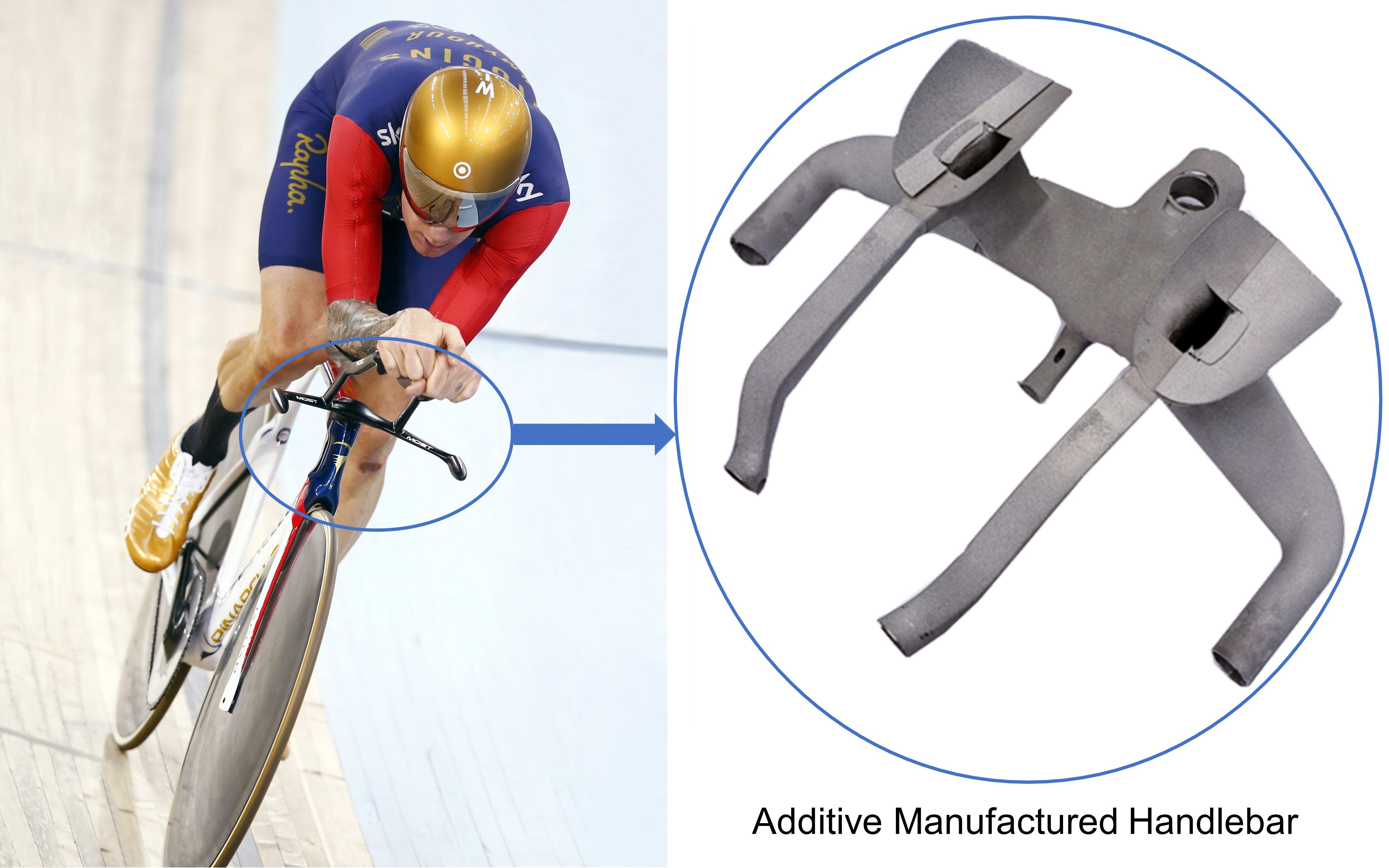
A prestigious 10-year Royal Academy of Engineering Chair in Emerging Technologies to Professor Lee to develop more efficient, environmentally friendly and cost-effective additive manufacturing technologies.
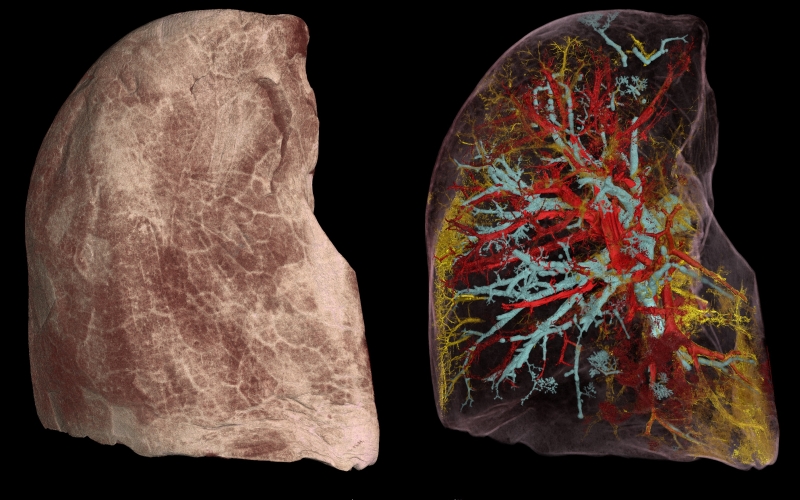
Funded by the Chan Zuckerberg Initiative, this project is developing the revolutionary HiP-CT technique which decouples field of view and resolution to image anywhere in the human body with cellular (micron) resolution.
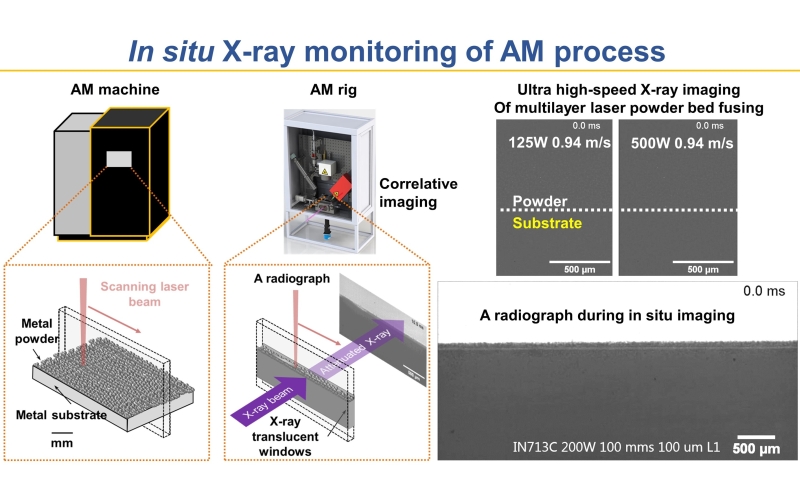
A consortium grant across multiple universities funded by Engineering and Physical Sciences Research Council on advanced powder processing technologies. Our group leads the X1 - In situ Process Monitoring Cross-Cutting Theme.
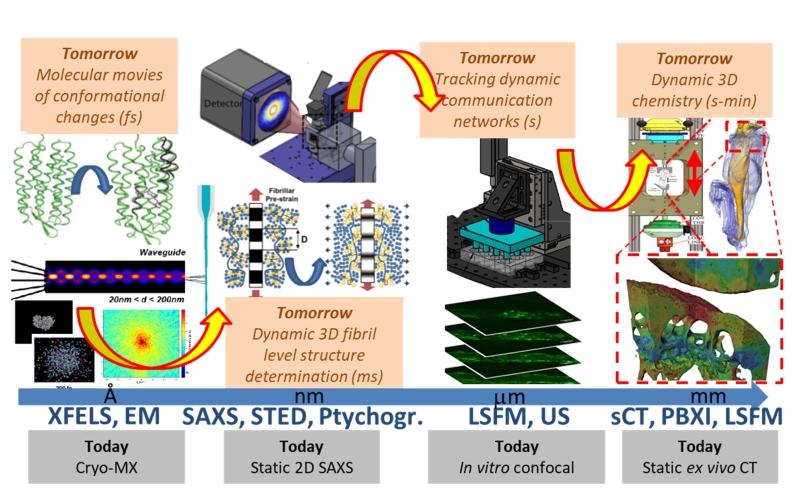
Funded by UKRI, the project aims to connect life and physical sciences researchers, medics and industrialists, to host networking and training events, to fund interdisciplinary exchanges and to support feasibility studies for new technologies.
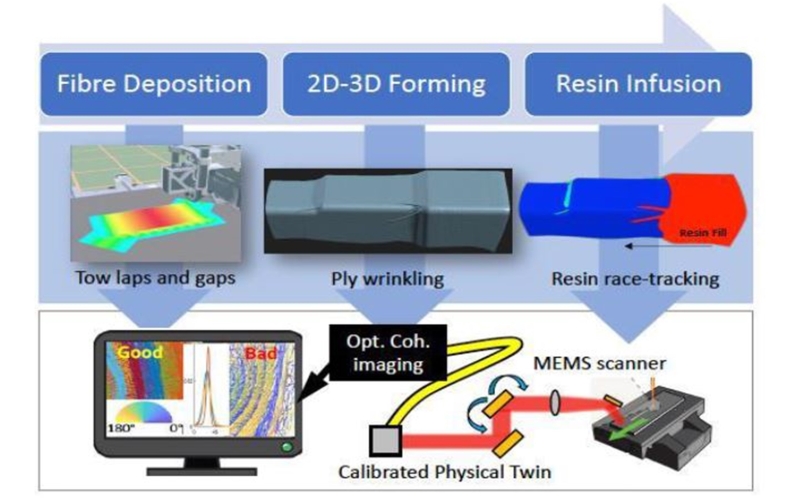
A consortium grant funded by Engineering and Physical Sciences Research Council to put the UK’s materials intensive processing industries at the forefront of the UK’s technological advancement. Our group is leading Beacon 3: The Physical Twin – In-Situ Process and Performance Characterisation.
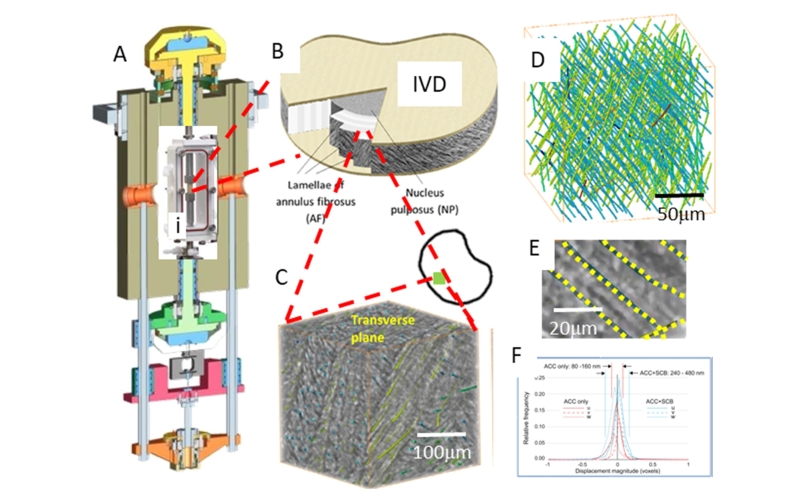
Funded by EPSRC, Tomo-SAXS is a breakthrough technique to concurrently image molecular-to-micronscale strains in soft tissues, combining phase-contrast CT and 3D small-angle X-ray scattering. Our group focuses on optimising nano-scale measures of strain in soft collagenous tissue using PC-CT and digital volume correlation.
Our projects are supported by a variety of funders including UK Research and Innovation, Royal Academy of Engineering, European Commision, Office of Naval Research, Chan Zuckerberg Initiative and industry (e.g. Rolls-Royce plc, Ford Motor Company, Renishaw plc, European Space Agency, Carpenter Additive).
 Close
Close







